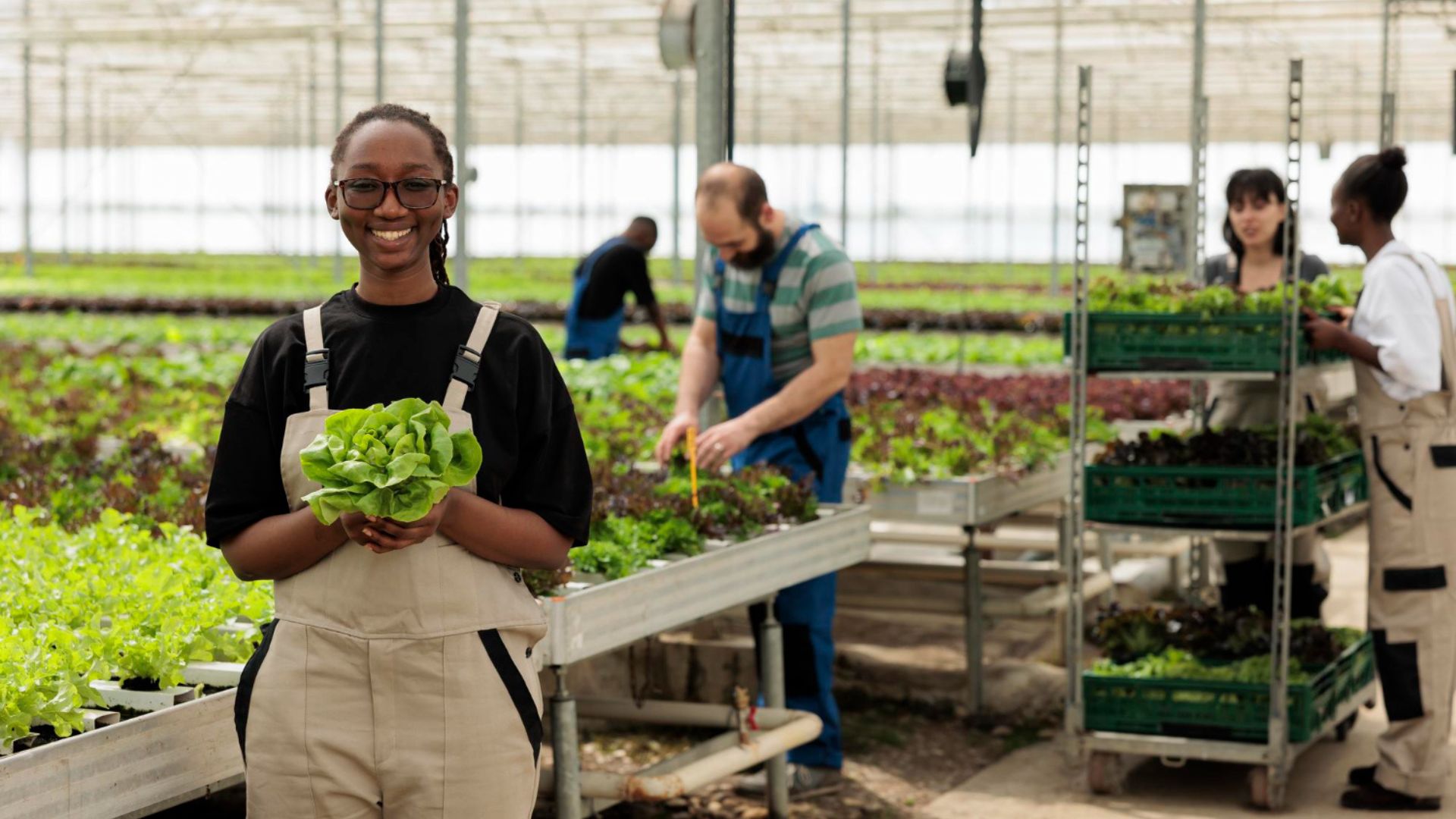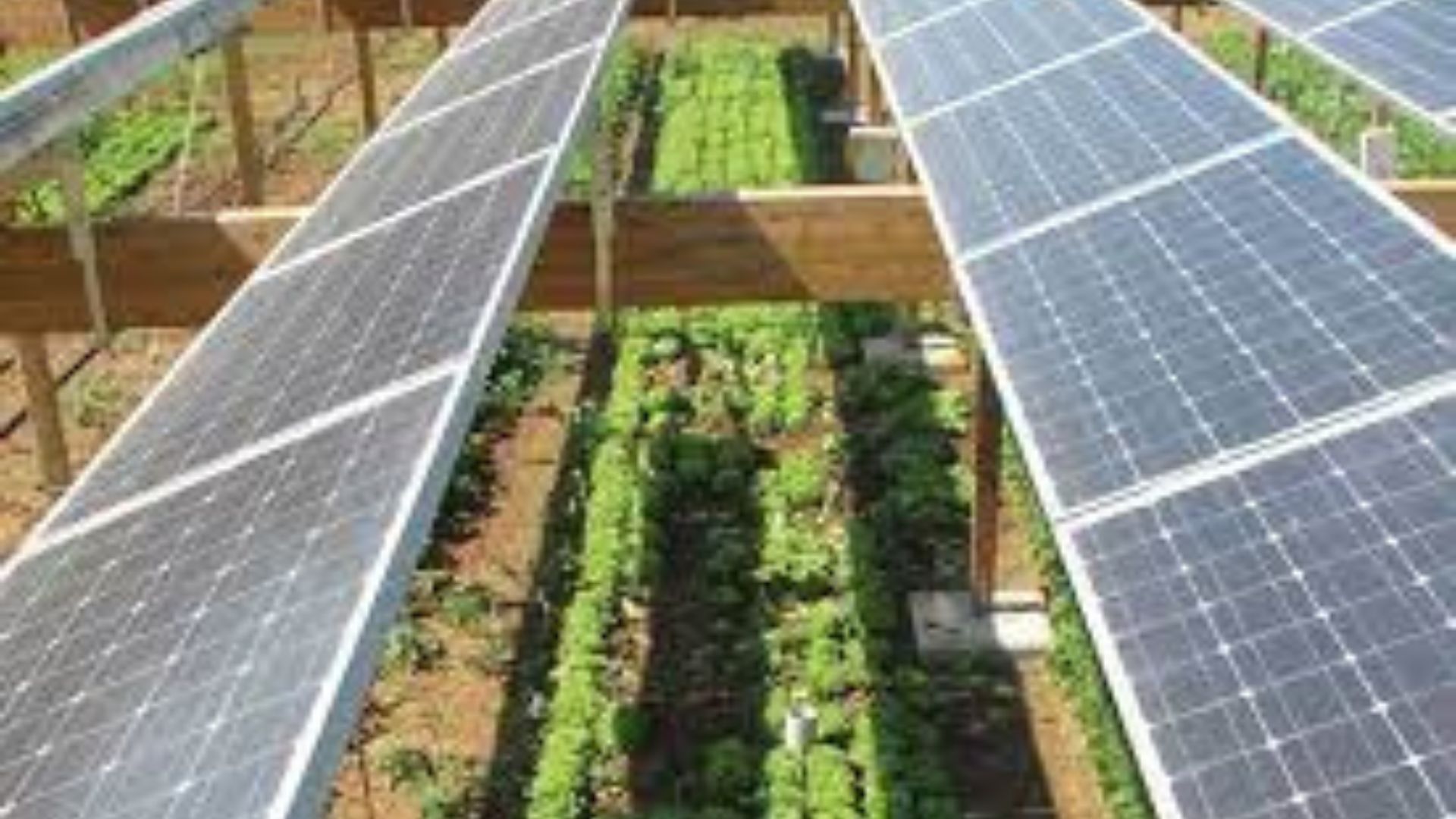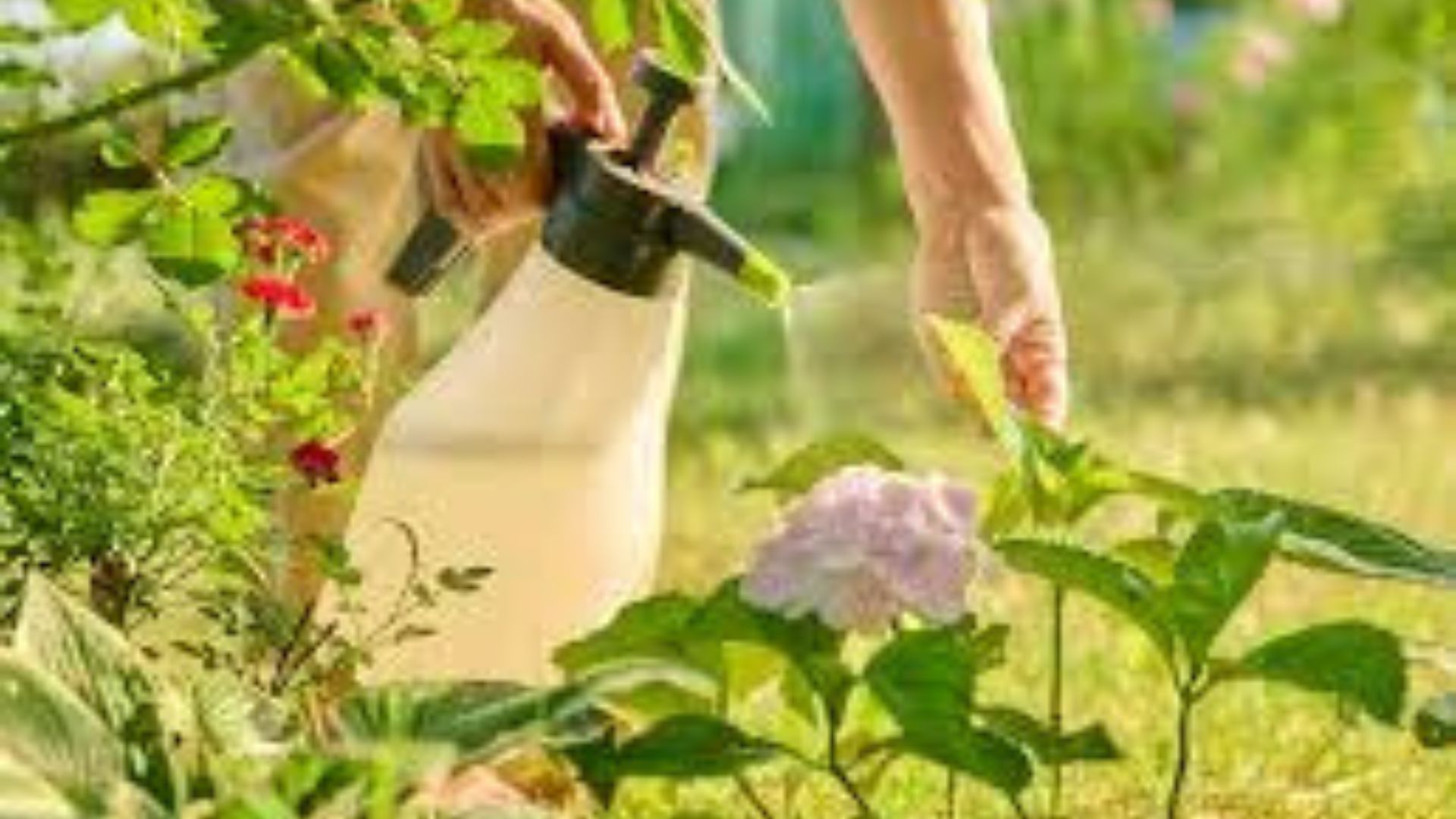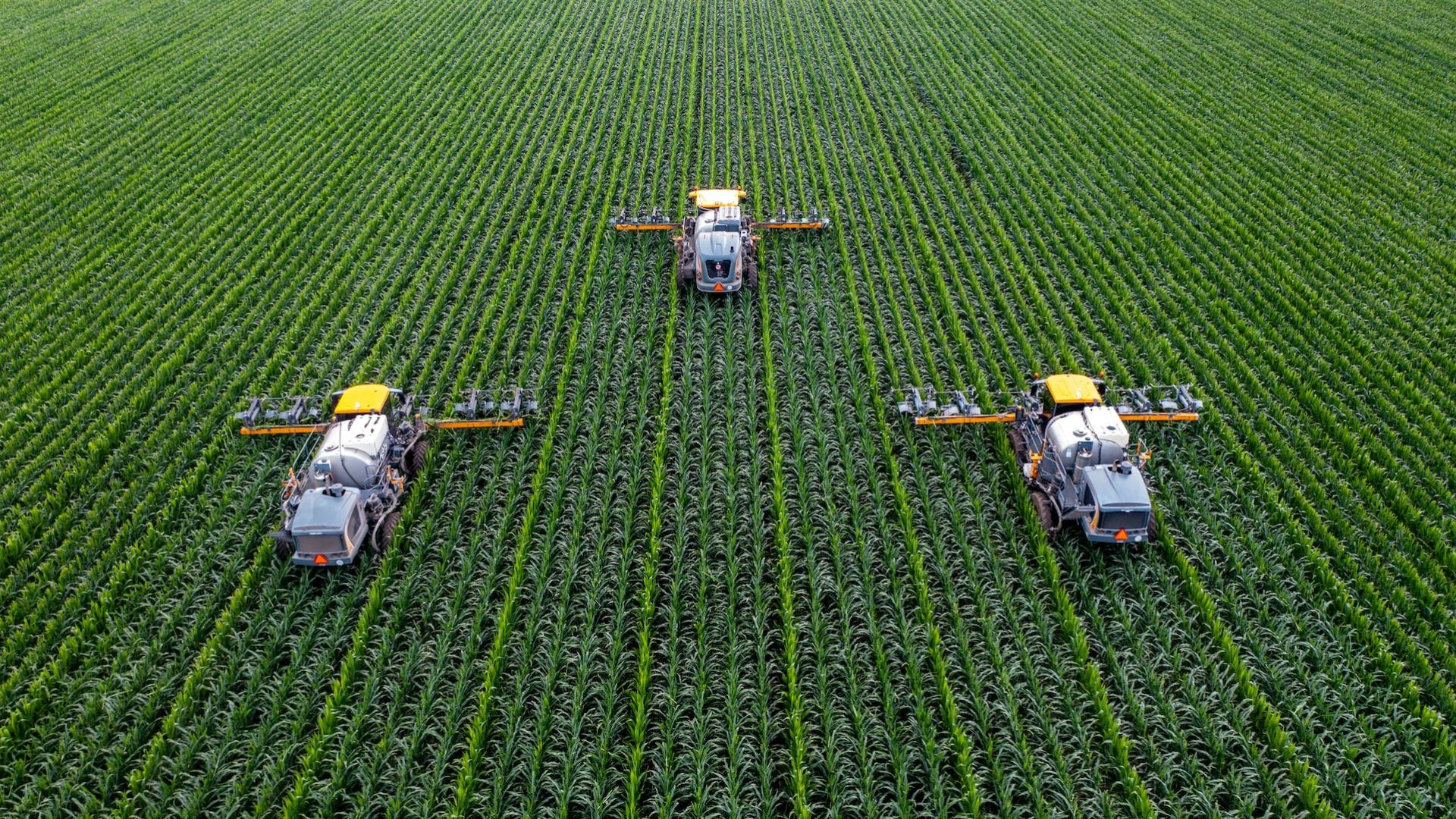Sustainable farming is more than just a trend—it’s the future of agriculture. As the world’s population grows and natural resources become strained, farmers must adapt to practices that protect the environment while still producing enough food.
The good news? Sustainable farming practices work. They improve soil, save water, reduce pollution, and can even increase crop yields over time. Below are the top 10 sustainable farming practices that farmers around the world use successfully.

Crop Rotation
What it is:
Planting different crops in the same field in a planned sequence, instead of growing the same crop every season.
Why it works:
-
Reduces soil nutrient depletion
-
Prevents the build-up of pests and diseases
-
Improves soil structure and fertility
Example:
A farmer grows corn one year, then beans the next. Beans fix nitrogen in the soil, helping the next corn crop grow better.
Cover Cropping
What it is:
Growing crops (like clover or rye) that are not harvested, but instead protect and enrich the soil.
Why it works:
-
Prevents soil erosion
-
Adds organic matter to the soil
-
Helps retain moisture and suppress weeds
Example:
After harvesting vegetables, a farmer plants cover crops during the off-season to keep the soil healthy.
Conservation Tillage (No-Till or Minimum-Till)
What it is:
Reducing or eliminating plowing and disturbing the soil as little as possible.
Why it works:
-
Preserves soil structure
-
Reduces erosion and water runoff
-
Increases water retention and carbon storage
Example:
Instead of turning the soil, seeds are directly planted into undisturbed soil using special no-till equipment.
Organic Fertilizers and Composting
What it is:
Using natural materials like compost, manure, or green waste to feed crops instead of chemical fertilizers.
Why it works:
-
Improves soil health long-term
-
Adds nutrients without pollution
-
Supports beneficial microorganisms
Example:
A farmer composts kitchen scraps and animal manure to create nutrient-rich fertilizer for crops.
Integrated Pest Management (IPM)
What it is:
Controlling pests through natural and preventive methods before using pesticides—and only when necessary.
Why it works:
-
Reduces reliance on harmful chemicals
-
Protects beneficial insects like bees and ladybugs
-
Keeps ecosystems balanced
Example:
A farmer uses crop rotation, introduces predator insects, and sprays neem oil only when pest levels are high.
Drip Irrigation and Water Conservation
What it is:
Delivering water directly to plant roots through small tubes to reduce waste.
Why it works:
-
Saves up to 70% more water than traditional methods
-
Reduces water runoff and evaporation
-
Prevents overwatering and root diseases
Example:
A vegetable farmer uses a drip irrigation system powered by solar energy to water crops efficiently.
Agroforestry
What it is:
Planting trees and shrubs alongside crops and livestock to create a mixed-use farming system.
Why it works:
-
Prevents erosion
-
Provides shade and windbreaks
-
Supports biodiversity and additional income (e.g., fruits or timber)
Example:
A farm includes fruit trees among rows of vegetables and uses them for both food and firewood.
Rotational Grazing
What it is:
Moving livestock between pastures to give grass and soil time to recover.
Why it works:
-
Reduces overgrazing and land degradation
-
Improves pasture health and animal well-being
-
Naturally fertilizes the soil with manure
Example:
Cattle are rotated to new paddocks every few days, allowing grass in other areas to regrow.
Renewable Energy Use on Farms
What it is:
Using solar panels, wind turbines, or bioenergy to power farm operations.
Why it works:
-
Cuts fossil fuel use
-
Lowers energy costs long-term
-
Reduces the carbon footprint of farming
Example:
A greenhouse runs on solar power and uses LED lights to reduce energy consumption.
Local and Seasonal Farming
What it is:
Growing crops suited to the local climate and selling produce close to home.
Why it works:
-
Reduces transport emissions (carbon footprint)
-
Builds community food security
-
Supports local economies and biodiversity
Example:
A farm sells fresh seasonal vegetables at a nearby farmers’ market instead of shipping them across the country.
Conclusion
Sustainable farming doesn’t mean you have to sacrifice productivity. In fact, these methods often lead to healthier soil, stronger plants, and more resilient farms over time.
By combining old wisdom with modern techniques, farmers can:
-
Protect the planet
-
Feed their communities
-
Build a profitable and long-lasting farm
Whether you’re a home gardener or running a commercial farm, starting with just a few of these practices can make a big difference.










